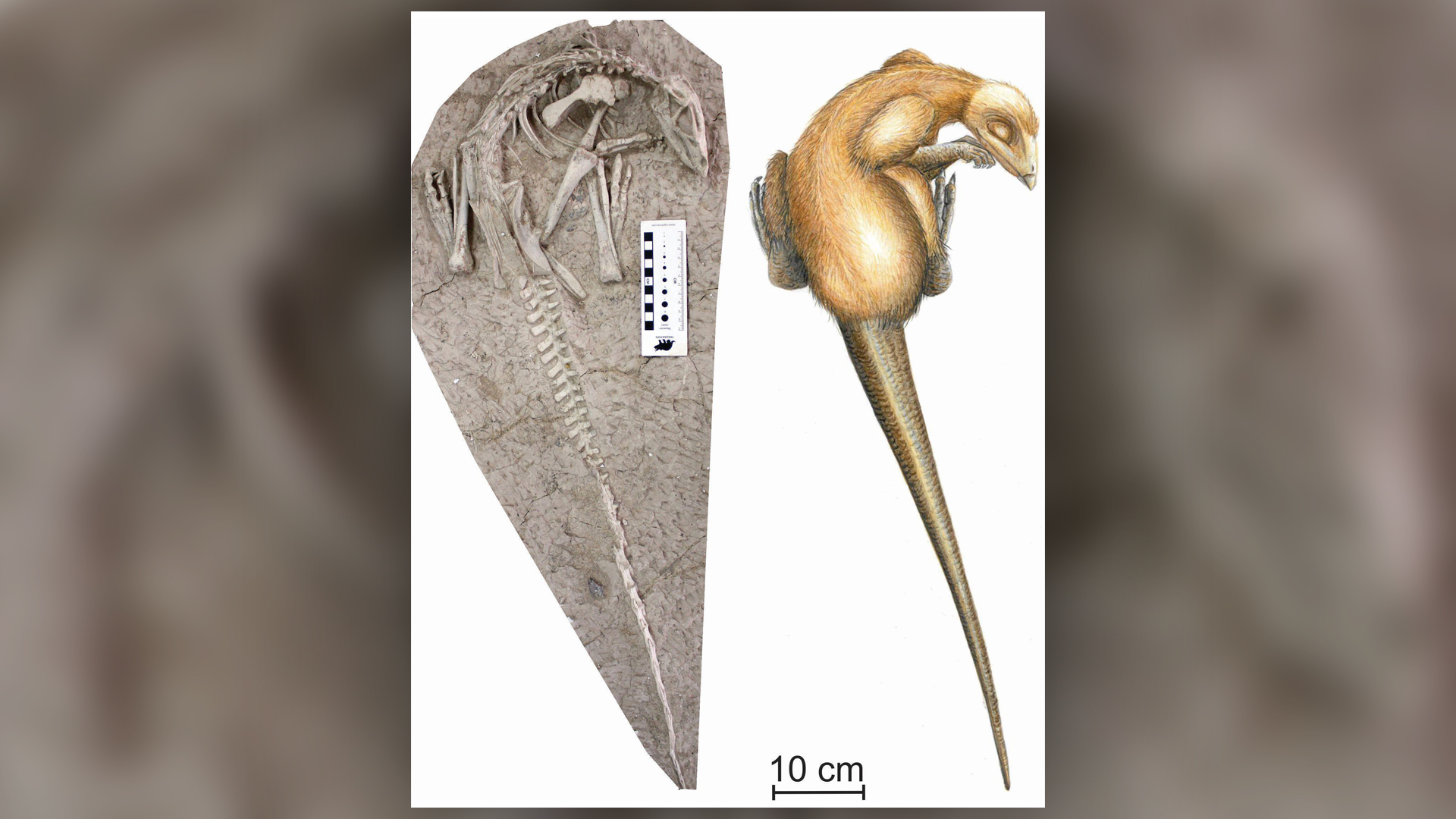Cretaceous Period
Latest about cretaceous period
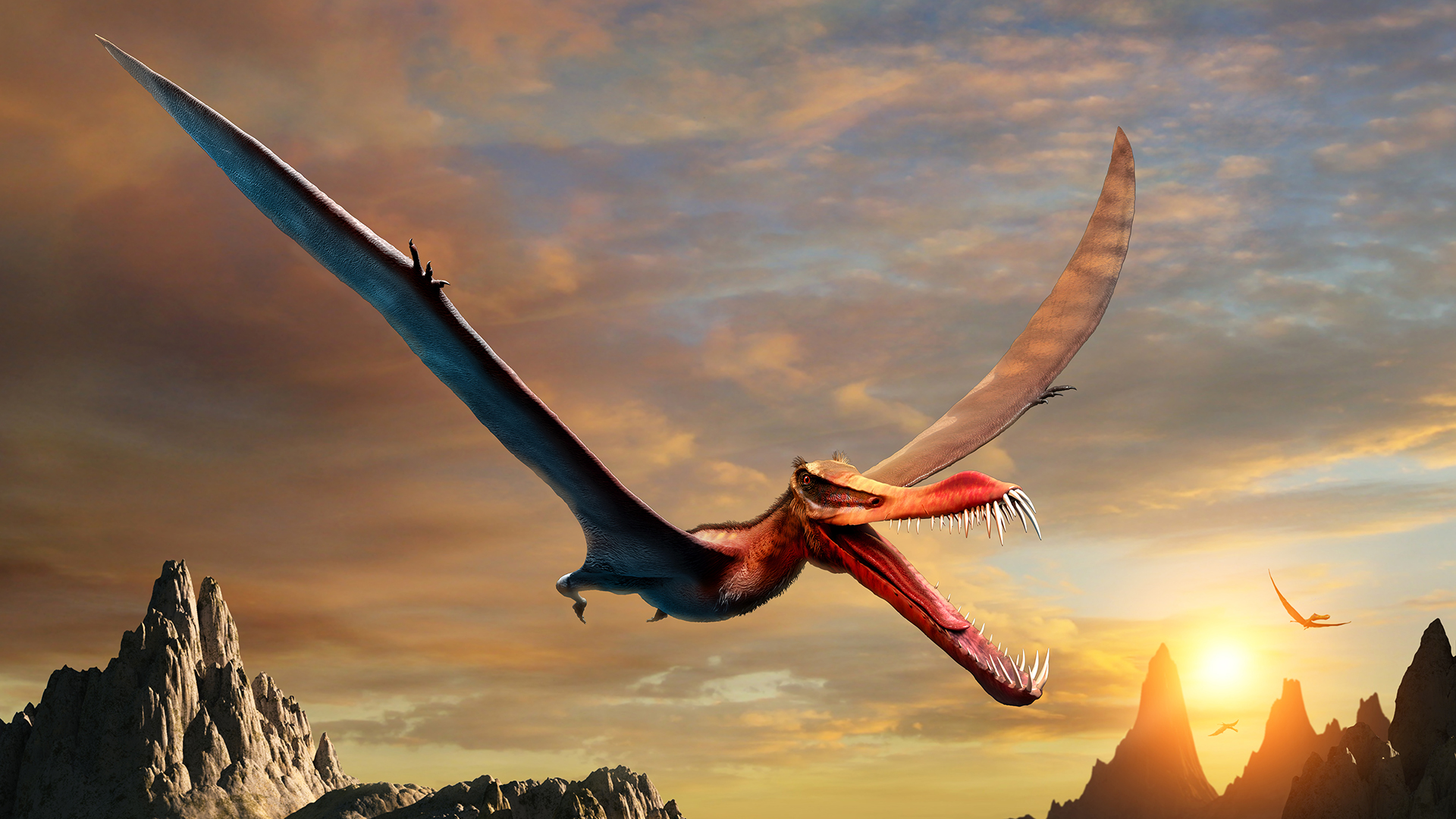
'Real-life dragon' in Cretaceous Australia was huge, toothy and a 'savage' hunter
By Mindy Weisberger published
A pterosaur "dragon" that lived in Australia during the Cretaceous was the continent's biggest flying reptile, according to a new analysis of a fossil jawbone.
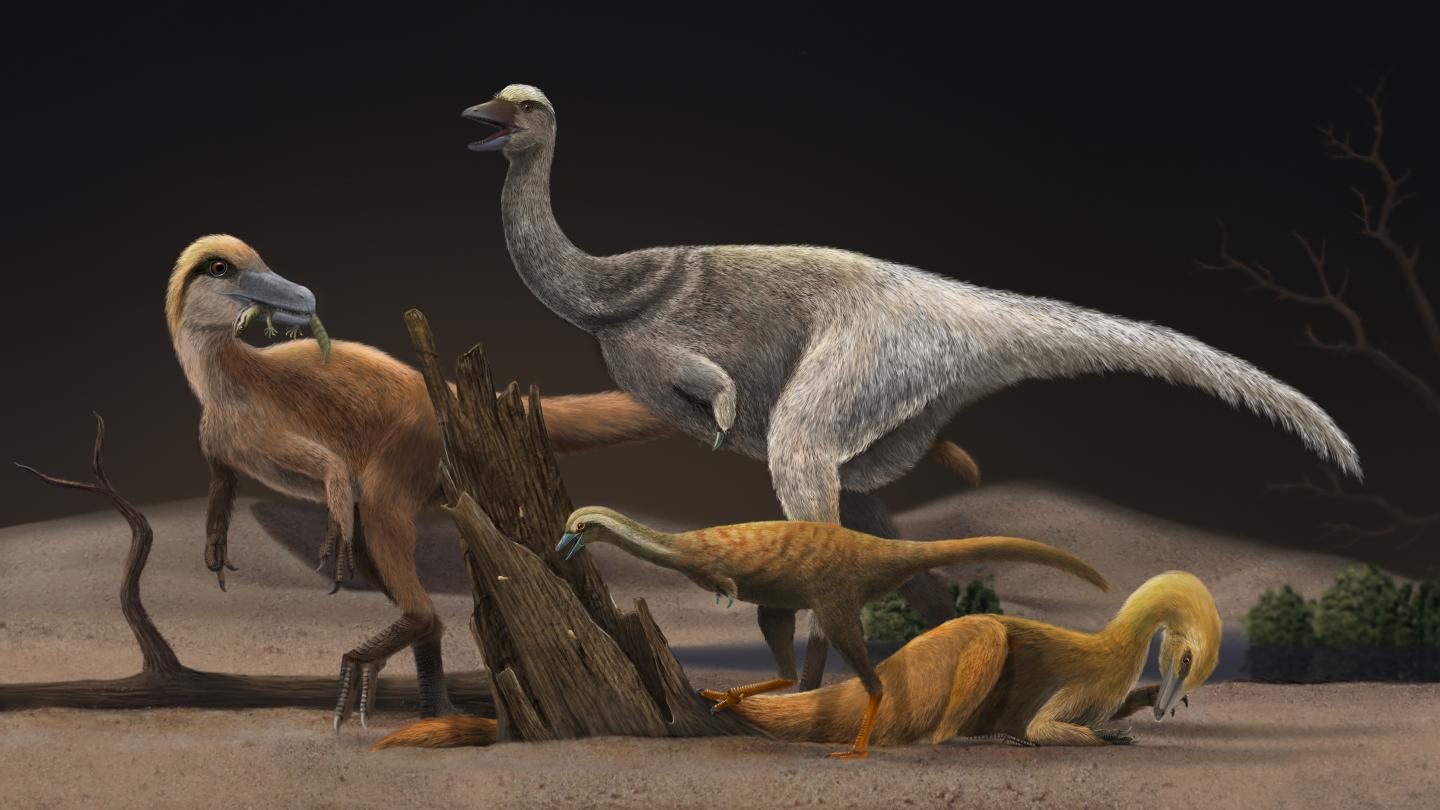
Bizarre dinosaurs rapidly shrank to become ant-eaters the size of a chicken
By Harry Baker published
Paleontologists have revealed that a group of dinosaurs, known as alvarezsaurs, underwent a rapid reduction in size to adapt to widespread ecosystem changes.
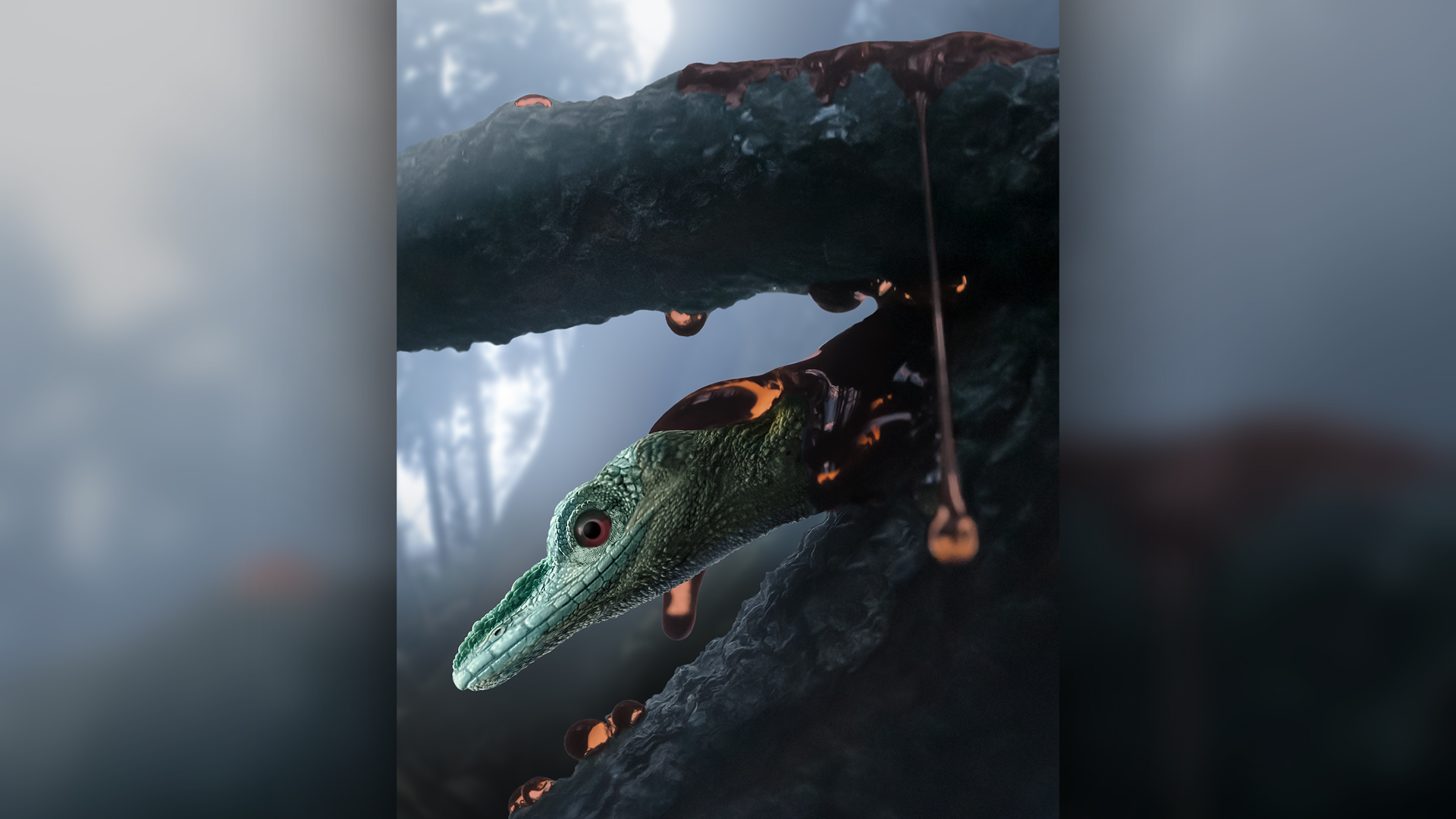
'Strange beast' in amber is a very weird lizard
By Mindy Weisberger published
A tiny amber-locked skull that looks like a bird's is actually a lizard's, new fossil evidence shows.
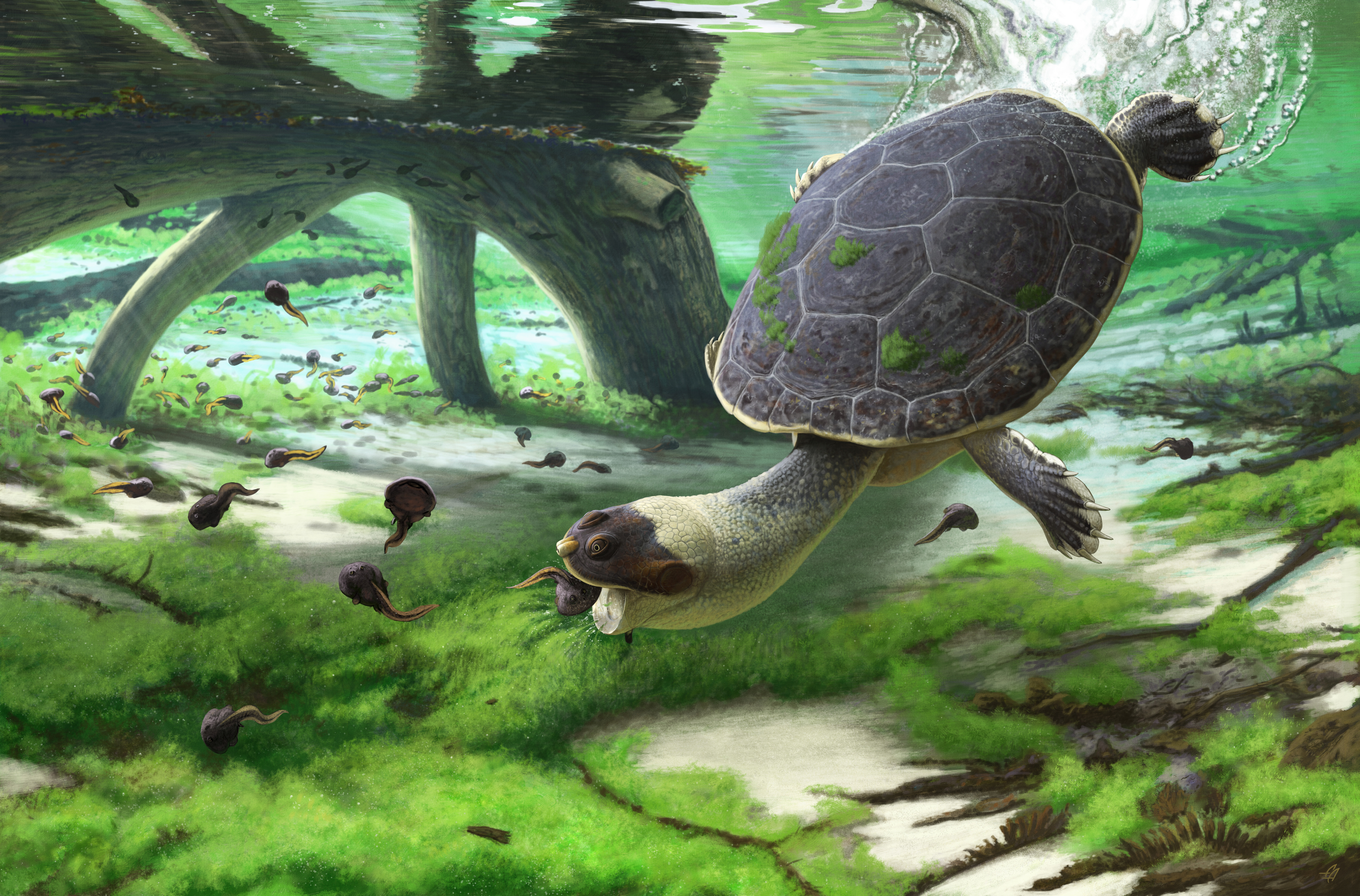
Ancient turtle with a frog face sucked down its prey millions of years ago
By Harry Baker published
A newly discovered species of extinct ancient turtle uncovered in Madagascar is proof of convergent evolution of suction feeding in turtles.
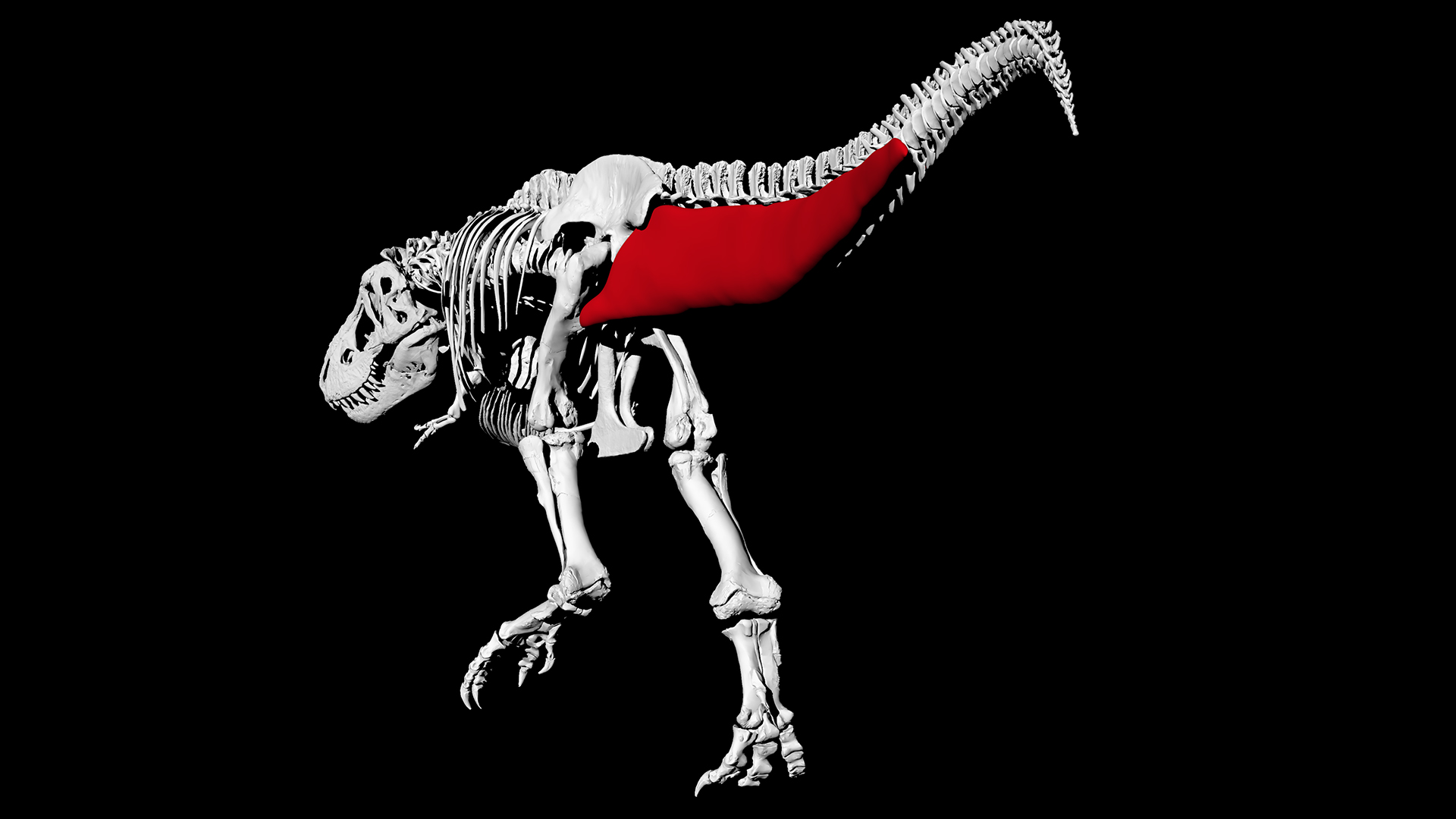
Never mind outrunning a T. rex — you could probably outwalk it
By Mindy Weisberger published
New simulations calculated T. rex speed from the motion of its swaying tail, finding that the massive dinosaur was a mighty slow walker.
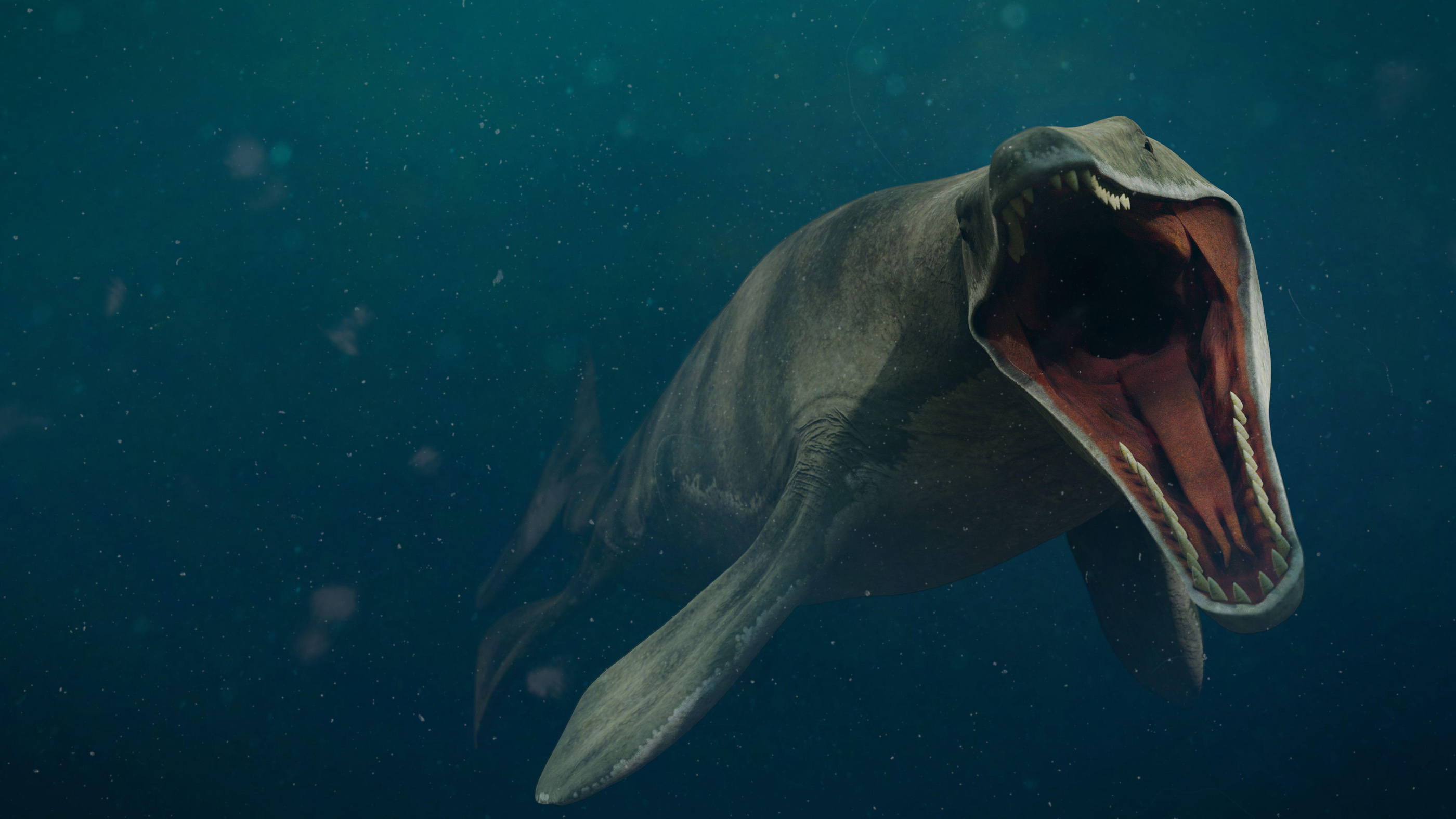
Mosasaurus: Apex ocean predator of the dinosaur age
By Patrick Pester published
Mosasaurus was one of the largest members of the mosasaur family, which were the top predators in the oceans during the age of dinosaurs.

Tarantulas conquered Earth by spreading over a supercontinent, then riding its broken pieces across the ocean
By Mindy Weisberger published
Around 120 million years ago, tarantulas first appeared on the Gondwana supercontinent in what is now the Americas, and then dispersed into Africa, Australia and India.
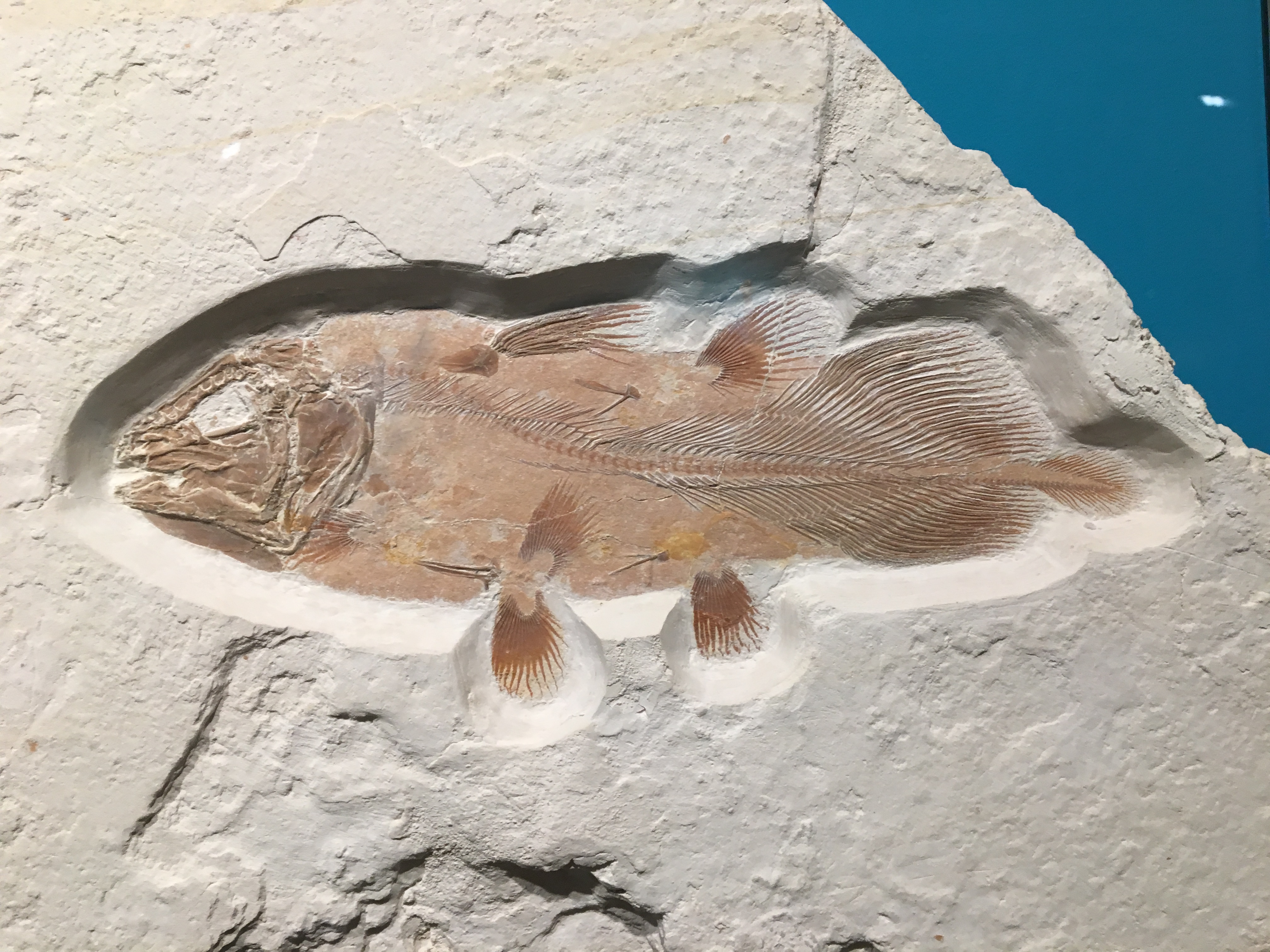
Great white-shark-sized ancient fish discovered by accident from fossilized lung
By Harry Baker published
A 66 million-year-old fossilized lung belonging to a previously unknown giant coelacanth fish was recently discovered in Morocco.
Sign up for the Live Science daily newsletter now
Get the world’s most fascinating discoveries delivered straight to your inbox.

